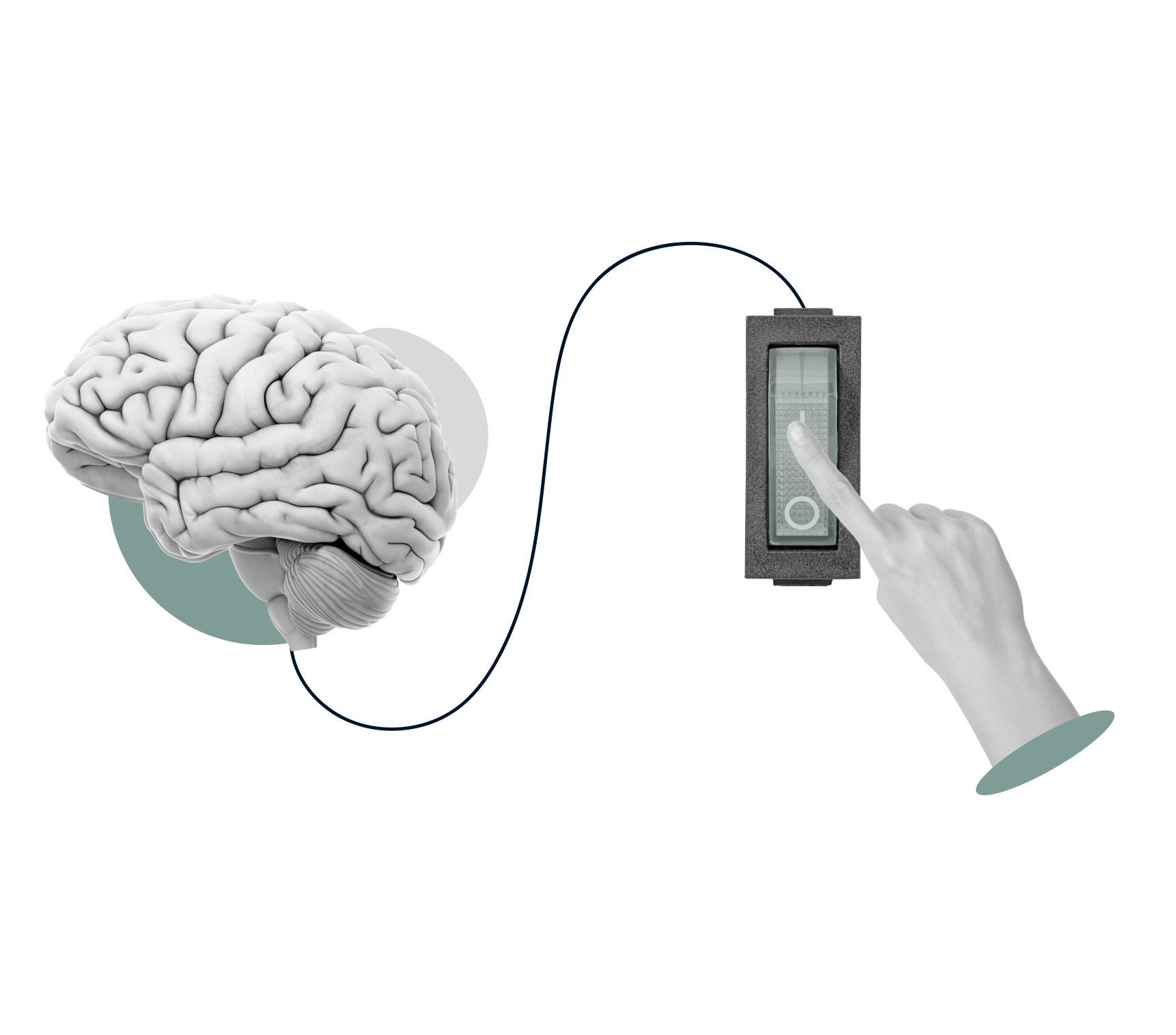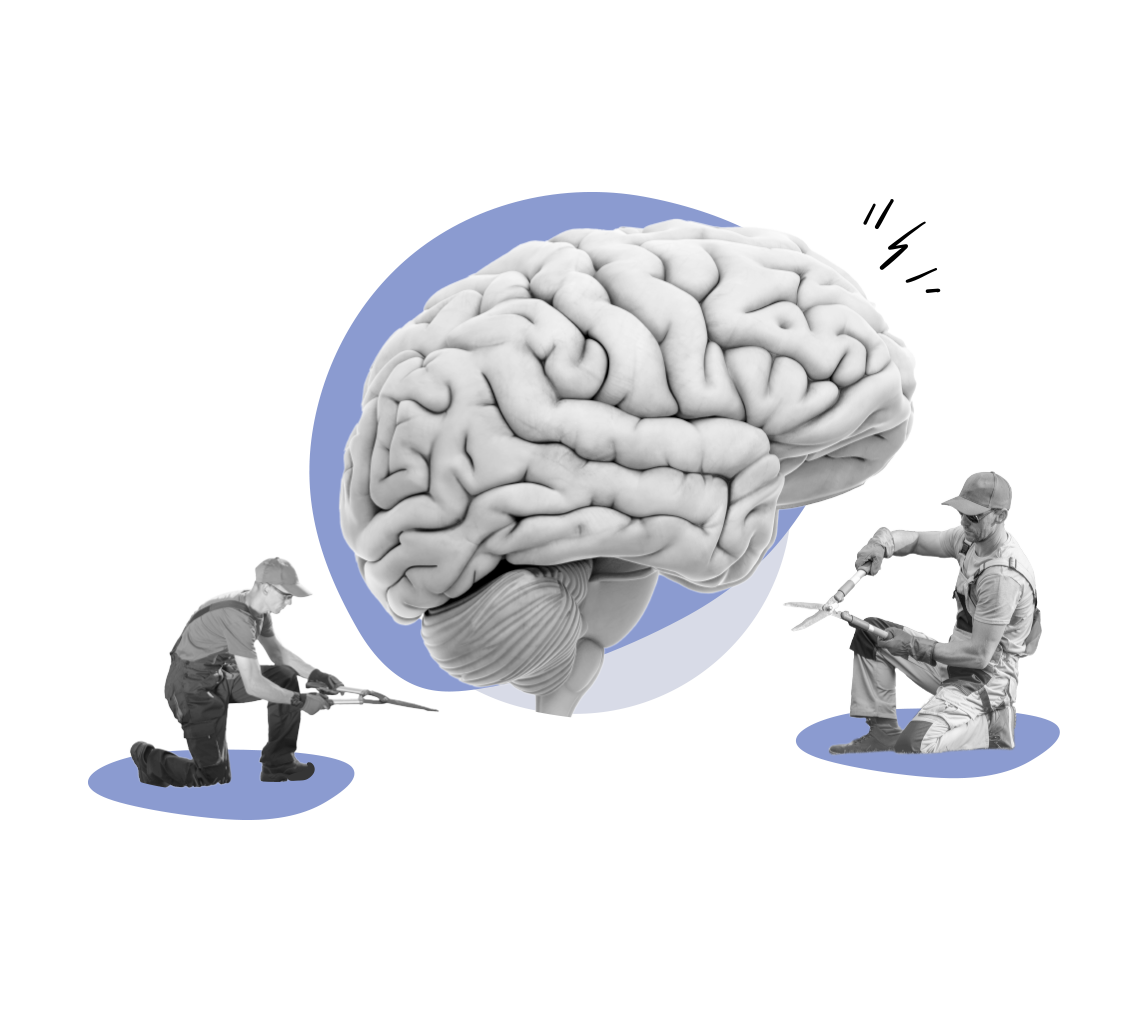Are tertiary institutions adequately preparing students for the realities of working in healthcare?

The topic of healthcare education has been a point of concern for many, as there are worries that the current system may not be providing students with the practical skills and hands-on experience needed to succeed in their careers.
As someone now fully submerged in helping implement the latest evidence-based healthcare programs, it is important to constantly question whether the education being provided is preparing us for the realities of working in the healthcare industry.
One of the biggest challenges facing healthcare education programs is the balance between theoretical knowledge, practical application, and the “softer human” psycho-social aspects of disease. It is crucial for students to understand the underlying concepts and theories, but it is equally important to be able to apply this knowledge in real-world situations. However, many programs tend to prioritize theoretical knowledge over hands-on learning and practical skills development, such as patient care, communication, and problem-solving. Another challenge is the limited availability of clinical placements and hands-on learning opportunities, as well as the lack of collaboration between universities and healthcare organizations.
Additionally, the rigid and inflexible curricula of healthcare programs is concerning. The strict curriculum may not allow for students to tailor their education to their specific career goals or interests, making it difficult for them to develop the specific skills and experience needed to succeed in their chosen field.
Medical educators often focus on procedure training rather than condition-specific training for a few reasons. One being that evaluating, and testing procedure training can be easier compared to condition-specific training, which can involve more complex and personalized treatment plans. Another reason is that healthcare programs have limited time to cover a vast amount of material, and procedural training may be seen as a more efficient way to cover necessary skills and knowledge within that time frame.
Additionally, some medical device and service providers may prioritize training on procedures that align with their products, rather than complex individualized treatments. For example, it is much easier to treat (and teach to treat) a specific condition (like a chronic pain condition, for example) than a human patient with such a condition. One would, however, argue that extensive exposure of students to peer mentors is needed for the latter.
This focus on procedure training, however, can lead to a lack of preparation for students when it comes to dealing with specific medical conditions in real-world practice. While procedural training covers technical aspects of procedures, condition-specific training provides a deeper understanding of diagnosis, management, and treatment. A lack of this training can result in practitioners not having the knowledge needed to effectively diagnose and treat patients, potentially leading to negative outcomes.
To ensure students are well-prepared for their careers in healthcare, it's important for medical educators to provide a balanced curriculum that covers both condition-specific and procedural training to manage not only the biological aspects of disease but also the softer human psycho-social aspects. A comprehensive education will equip future healthcare professionals with the knowledge and skills needed to provide effective comprehensive care for their patients.
To address these challenges, tertiary institutions are exploring ways to integrate more practical experience and condition specific training into their healthcare programs and to make their curricula more flexible. Incorporating technology, such as simulations and virtual reality, into the curriculum to provide hands-on experience in a safe and controlled environment is an example of this.
Medical educators can establish partnerships with healthcare organizations to provide students with hands-on experience in treating specific conditions to give students a deeper understanding of the diagnosis, management, and treatment of the condition. Medical schools are also collaborating with industry to ensure their curricula are relevant to the latest advancements and technologies in the field. Medical schools can incorporate more case-based learning into their curricula, enabling students to learn about conditions through real-life scenarios. Some medical schools are revising their curricula to incorporate new developments in the field, such as personalized medicine and telemedicine, and professional organizations are offering continuing medical education (CME) programs to help practitioners stay up to date with the latest developments in their field.
Furthermore, medical schools are adopting an evidence-based approach to teaching, incorporating the latest research and best practices into their curricula, ensuring that students are learning about the most effective and proven methods in healthcare. These efforts aim to make medical education more flexible and contemporary, providing practitioners with the knowledge and skills needed to provide the best care to their patients.
It is encouraging to see these positive changes taking place in the field of healthcare education and the dedication to providing a well-rounded education that prepares students for a successful career in healthcare.

